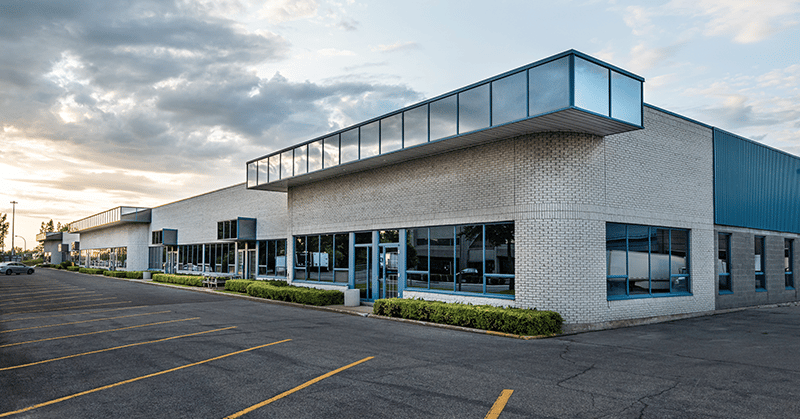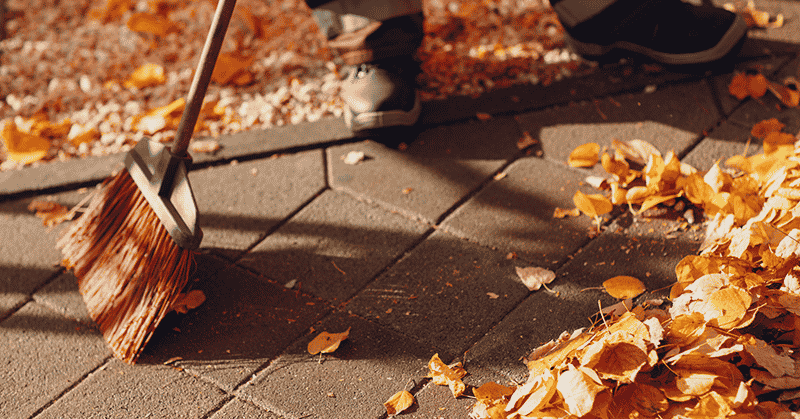Most of us are familiar with some of the more commonial in the world. What follows is just a partial list of how concrete is used: uses for concrete – such as for parking lots and roadways, for example. But this versatile, durable material has a wide variety of uses. In fact, concrete is the most commonly used manmade material in the world. What follows is just a partial list of how concrete is used:
- Roadways – One of the most common uses for concrete are roadways. Whether it’s a small country lane or a super highway, concrete provides a level, safe, extremely strong surface that holds up for many years under the heaviest traffic loads.
- Parking lots and driveways – Another popular use of concrete is for parking lots and driveways. Concrete is not only a durable choice – it’s also easily maintained by simply cleaning it, sealcoating it, and making minor repairs as needed.
- Bridges – HPC (high-performance concrete) is often used for bridges that need to hold up under heavy traffic loads without needing a lot of maintenance. HPC is incredibly durable and typically lasts for many, many decades before needing to be replaced.
- Dams – Most of us know how heavy a gallon of water is. Now, just imagine how much strengthit would take to stop the flow of a river full of water! Concrete does just that, which is why it is the material of choice for dams throughout the world.
- Sewers and culverts – The impermeable nature of concrete makes it the ideal choice for sewers and culverts, many of which need to hold up underground for long periods of time.
- Docks – One of the lesser-known uses for concrete is for floating dock systems. As opposed to wood – which is susceptible to water rot and damage from weather – concrete is not only an impermeable surface, but also one that is unaffected by weather conditions.
- Patios – Concrete patios have been a mainstay in many residential properties for years because of their durability and strength. But today’s homeowners have a much wider variety of options to choose from when it comes to concrete patios, including customized versions in a variety of shapes, as well as surfaces that can be stained or stamped to look like virtually any type of material.
- Fire pits – Over the past several years, fire pits have become increasingly popular for homeowners. And concrete, given that it’s not only strong but fireproof as well, makes an excellent choice for these backyard features.
To find out more about the various uses of concrete for your home or business, contact a reputable local concrete contractor today!
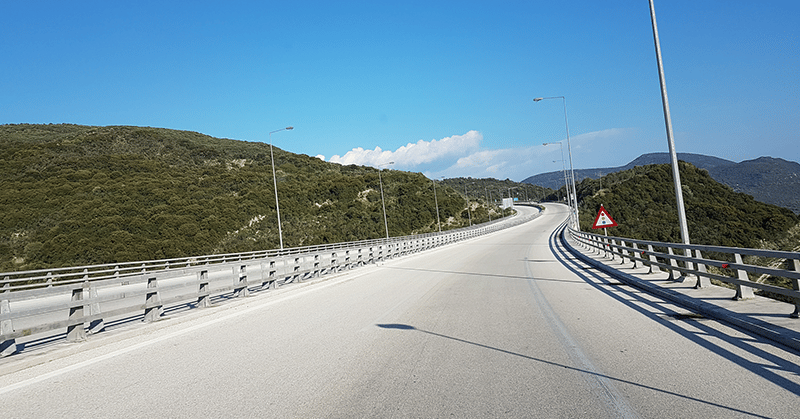
 When you think of making choices that are good for the environment, deciding on using asphalt for your paving project may not immediately come to mind. But the fact is that asphalt actually is an environmentally friendly choice. Here are a few reasons why that’s true:
When you think of making choices that are good for the environment, deciding on using asphalt for your paving project may not immediately come to mind. But the fact is that asphalt actually is an environmentally friendly choice. Here are a few reasons why that’s true: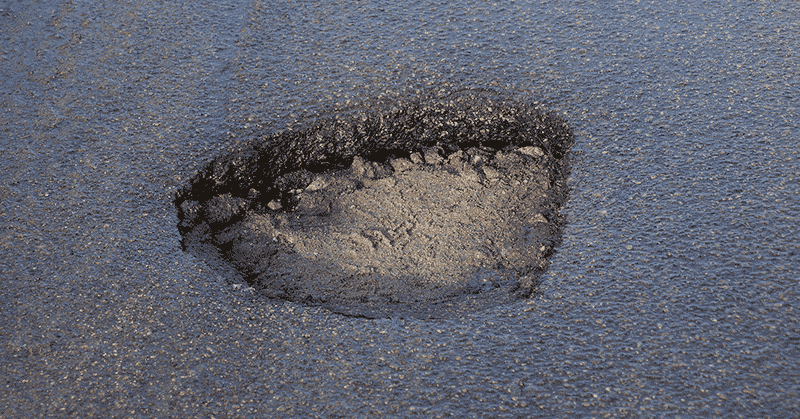
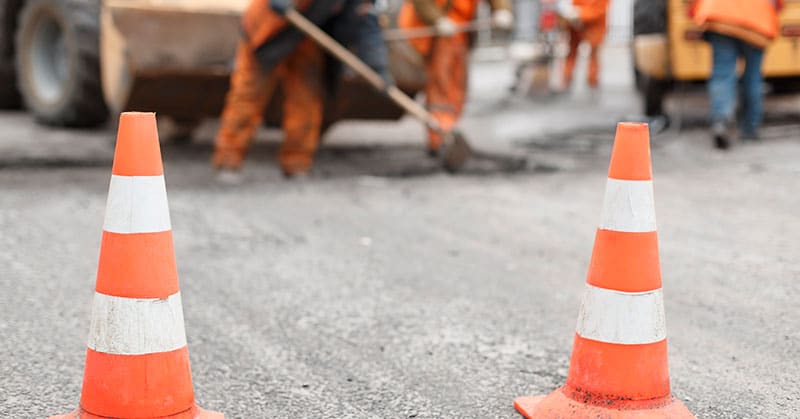
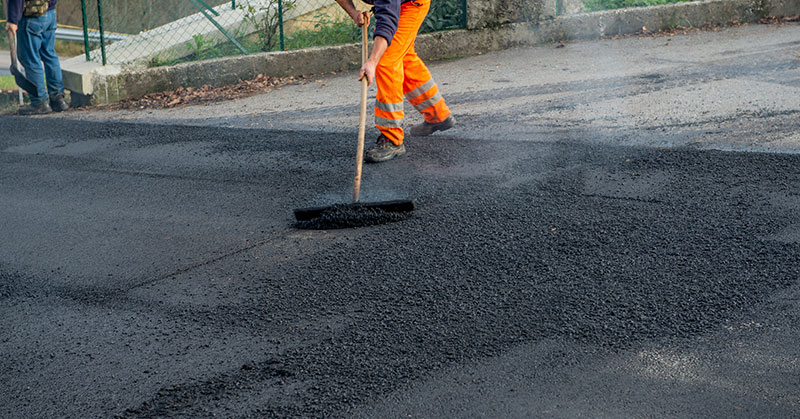
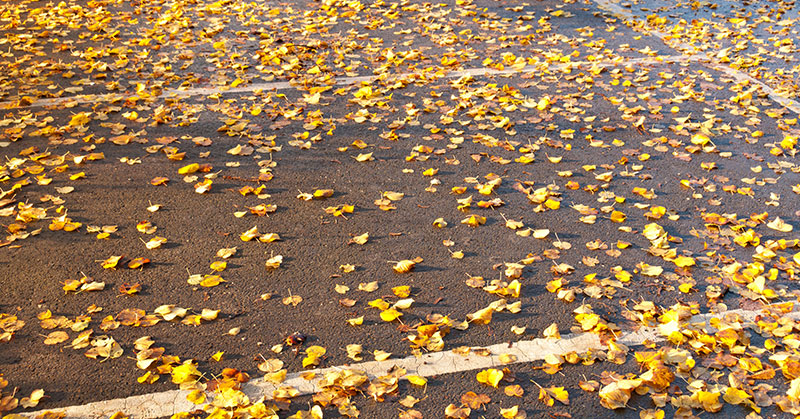 Fall is finally here. And for many of us, the cooler temperatures are a welcome relief from the heat of the summer months. But autumn brings its own set of challenges; namely falling leaves. While there’s no doubt that those multi-colored leaves are part of what we love about the fall season, leaves that are left for any length of
Fall is finally here. And for many of us, the cooler temperatures are a welcome relief from the heat of the summer months. But autumn brings its own set of challenges; namely falling leaves. While there’s no doubt that those multi-colored leaves are part of what we love about the fall season, leaves that are left for any length of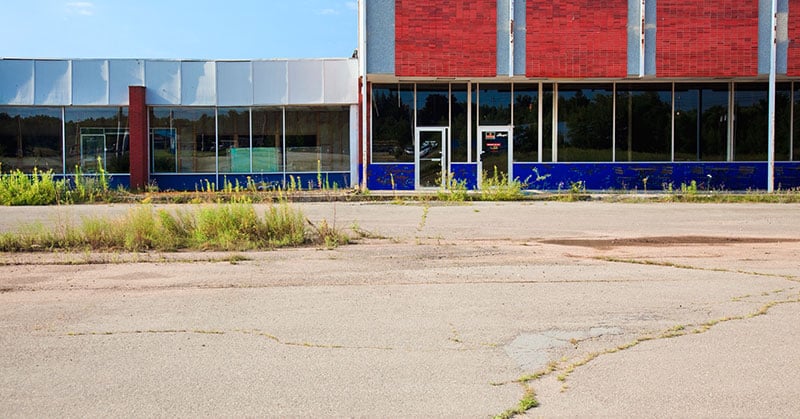 Most business owners and managers understand why it’s important to take care of your company’s physical location. After all, customers who are given the choice between doing business in a well-maintained facility compared with one that’s run down will always choose the one that’s well-maintained. But when it comes to parking lots, there’s another very good reason to keep them clean and properly maintained: if you don’t, it could result in a law suit.
Most business owners and managers understand why it’s important to take care of your company’s physical location. After all, customers who are given the choice between doing business in a well-maintained facility compared with one that’s run down will always choose the one that’s well-maintained. But when it comes to parking lots, there’s another very good reason to keep them clean and properly maintained: if you don’t, it could result in a law suit.